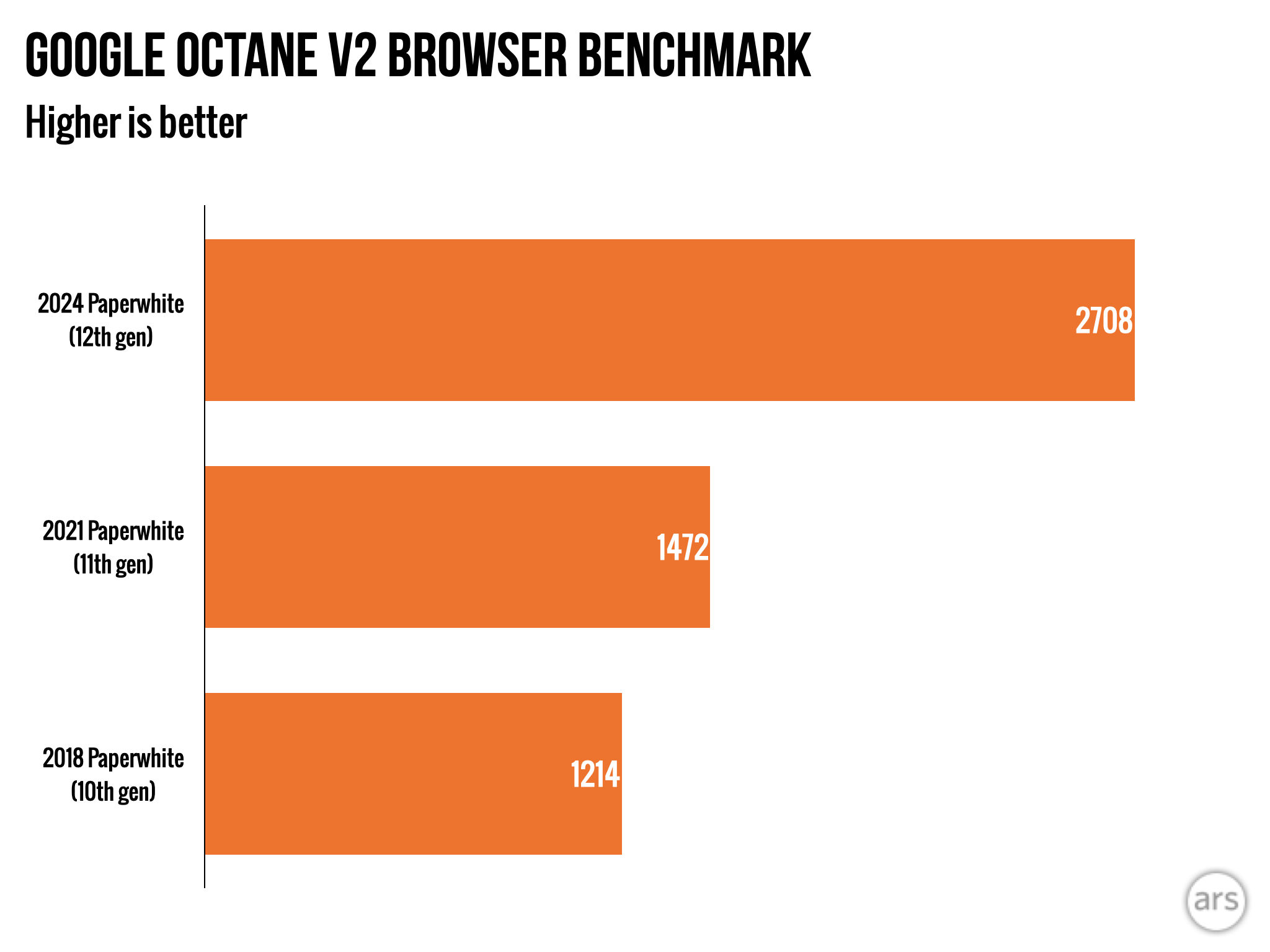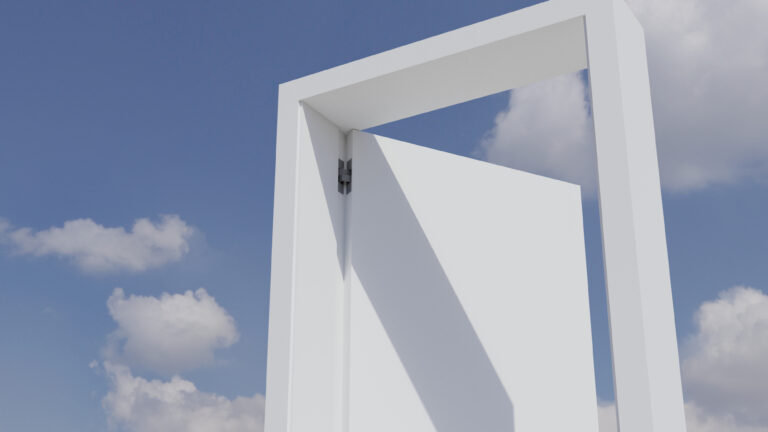The good, the bad, and the ugly behind the push for more smart displays
After a couple of years without much happening, smart displays are in the news again. Aside from smart TVs, consumer screens that connect to the Internet have never reached a mainstream audience. However, there seems to be a resurgence to make smart displays more popular. The approaches that some companies are taking are better than those of others, revealing a good, bad, and ugly side behind the push.
Note that for this article, we’ll exclude smart TVs when discussing smart displays. Unlike the majority of smart displays, smart TVs are mainstream tech. So for this piece, we’ll mostly focus on devices like the Google Next Hub Max or Amazon Echo Show (as pictured above).
The good
When it comes to emerging technology, a great gauge for whether innovation is happening is by measuring how much a product solves a real user problem. Products seeking a problem to solve or that are glorified vehicles for ads and tracking don’t qualify.
If reports that Apple is working on its first smart display are true, there may be potential for it to solve the problem of managing multiple smart home devices from different companies.
Apple has declined to comment on reports from Bloomberg’s Mark Gurman of an Apple smart display under development. But Gurman recently claimed that the display will be able to be mounted on walls and “use AI to navigate apps.” Gurman said that it would incorporate Apple’s smart home framework HomeKit, which supports “hundreds of accessories” and can control third-party devices, like smart security cameras, thermostats, and lights. Per the November 12 report:
The product will be marketed as a way to control home appliances, chat with Siri, and hold intercom sessions via Apple’s FaceTime software. It will also be loaded with Apple apps, including ones for web browsing, listening to news updates and playing music. Users will be able to access their notes and calendar information, and the device can turn into a slideshow display for their photos.
If released, the device—said to be shaped like a 6-inch iPhone—would compete with the Nest Hub and Echo Show. Apple entering the smart display business could bring a heightened focus on privacy and push other companies to make privacy a bigger focus, too. Apple has already given us a peek at how it might handle smart home privacy with the HomePod. “All communication between HomePod and Apple servers is encrypted, and anonymous IDs protect your identity,” Apple’s HomePod privacy policy states.
The good, the bad, and the ugly behind the push for more smart displays Read More »
















